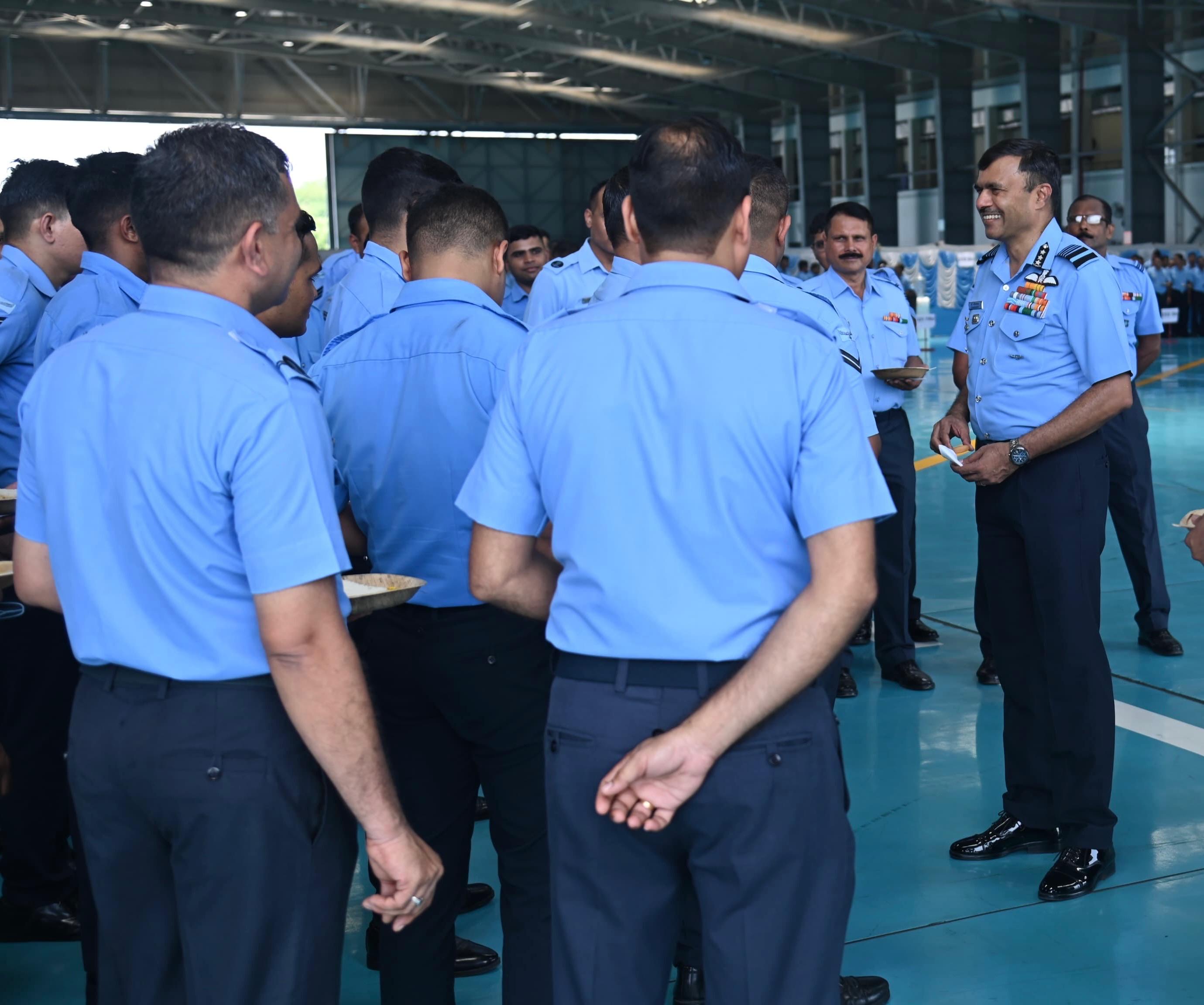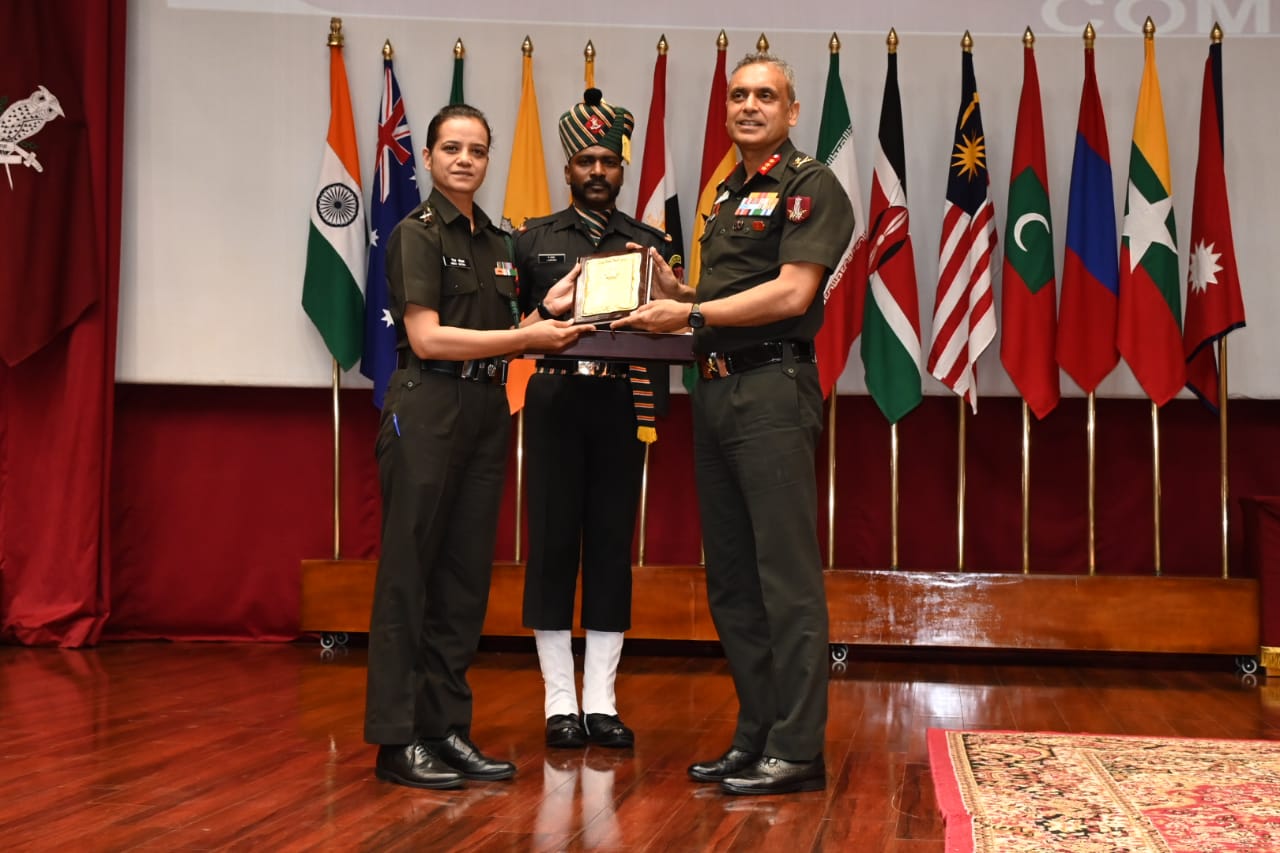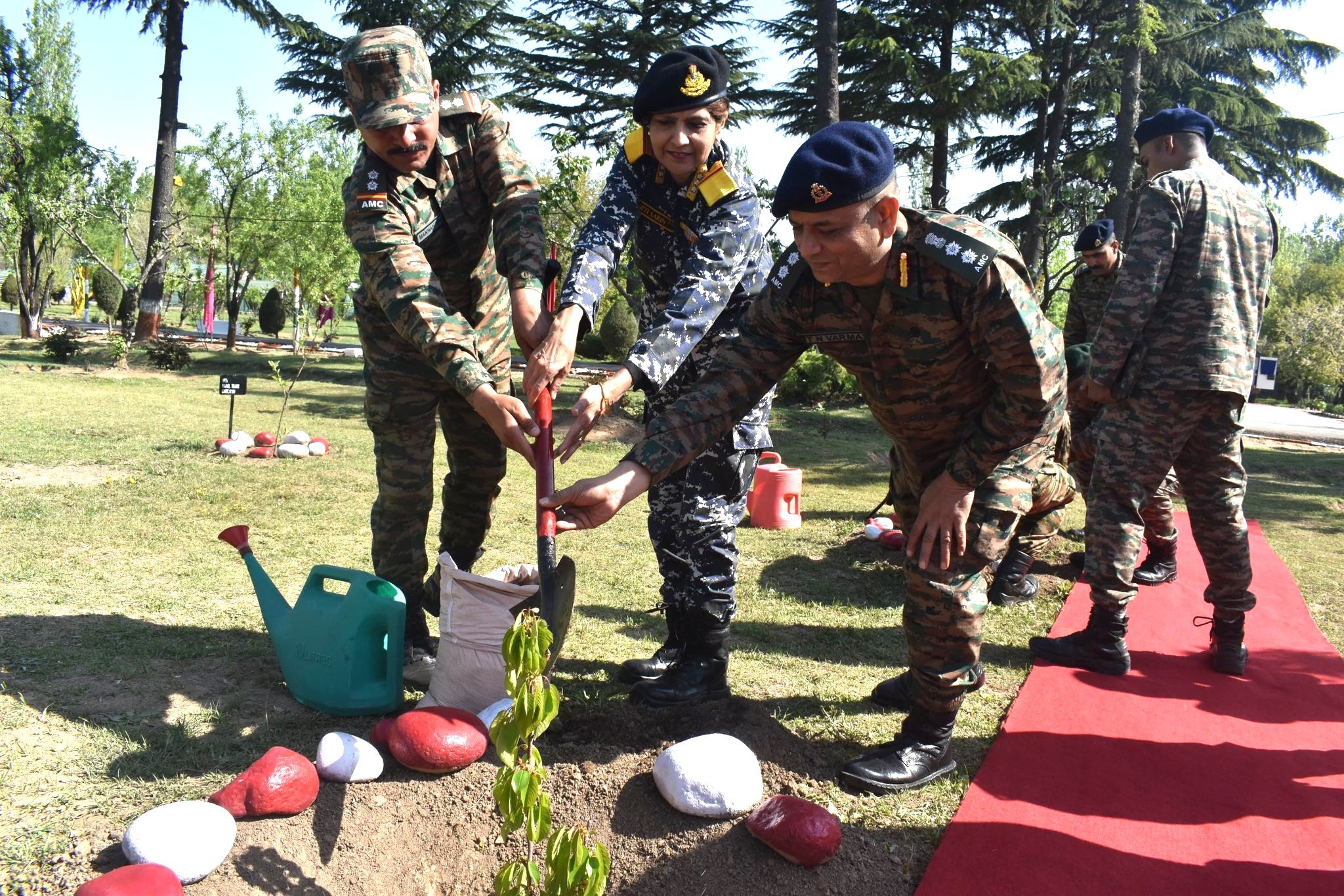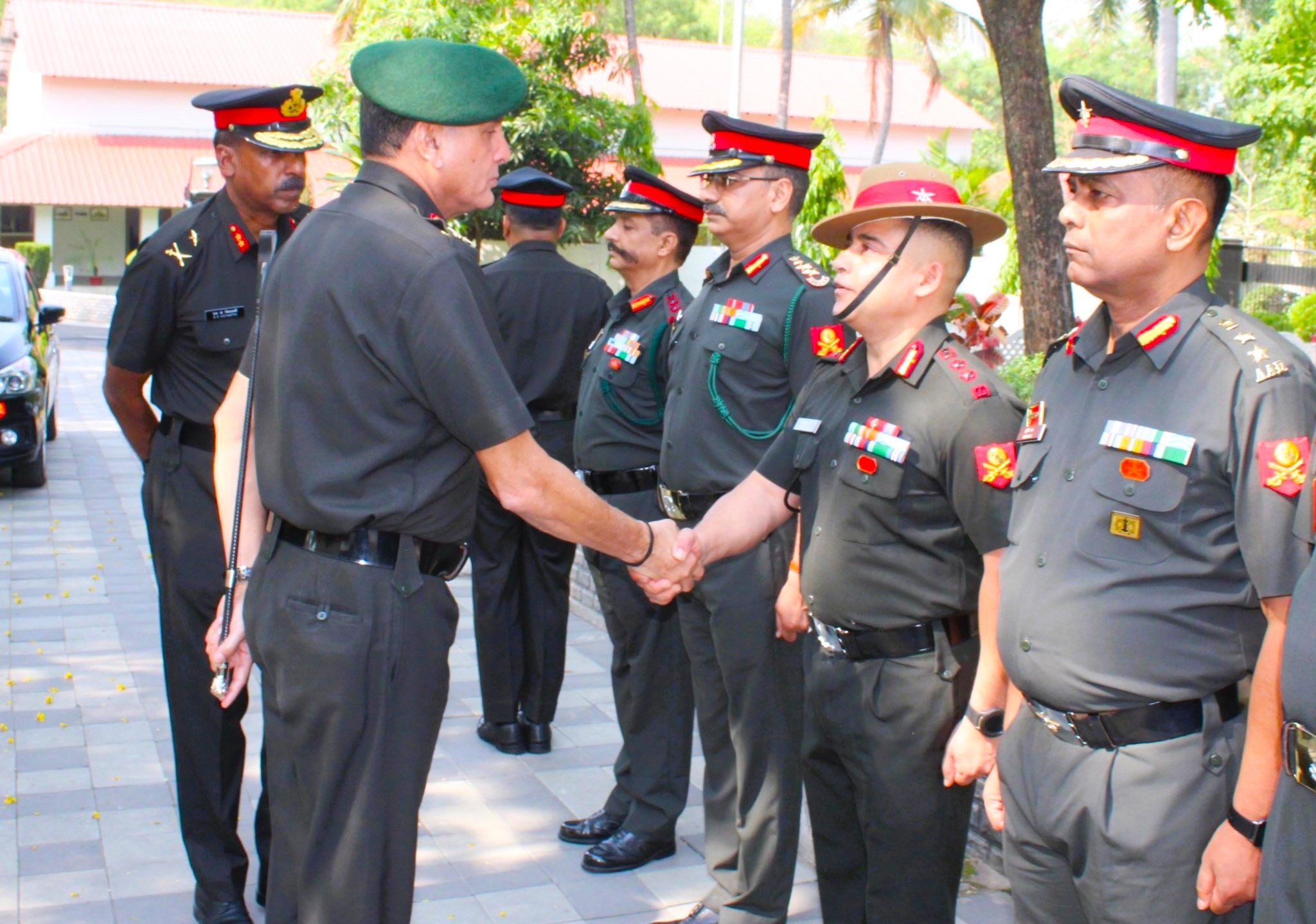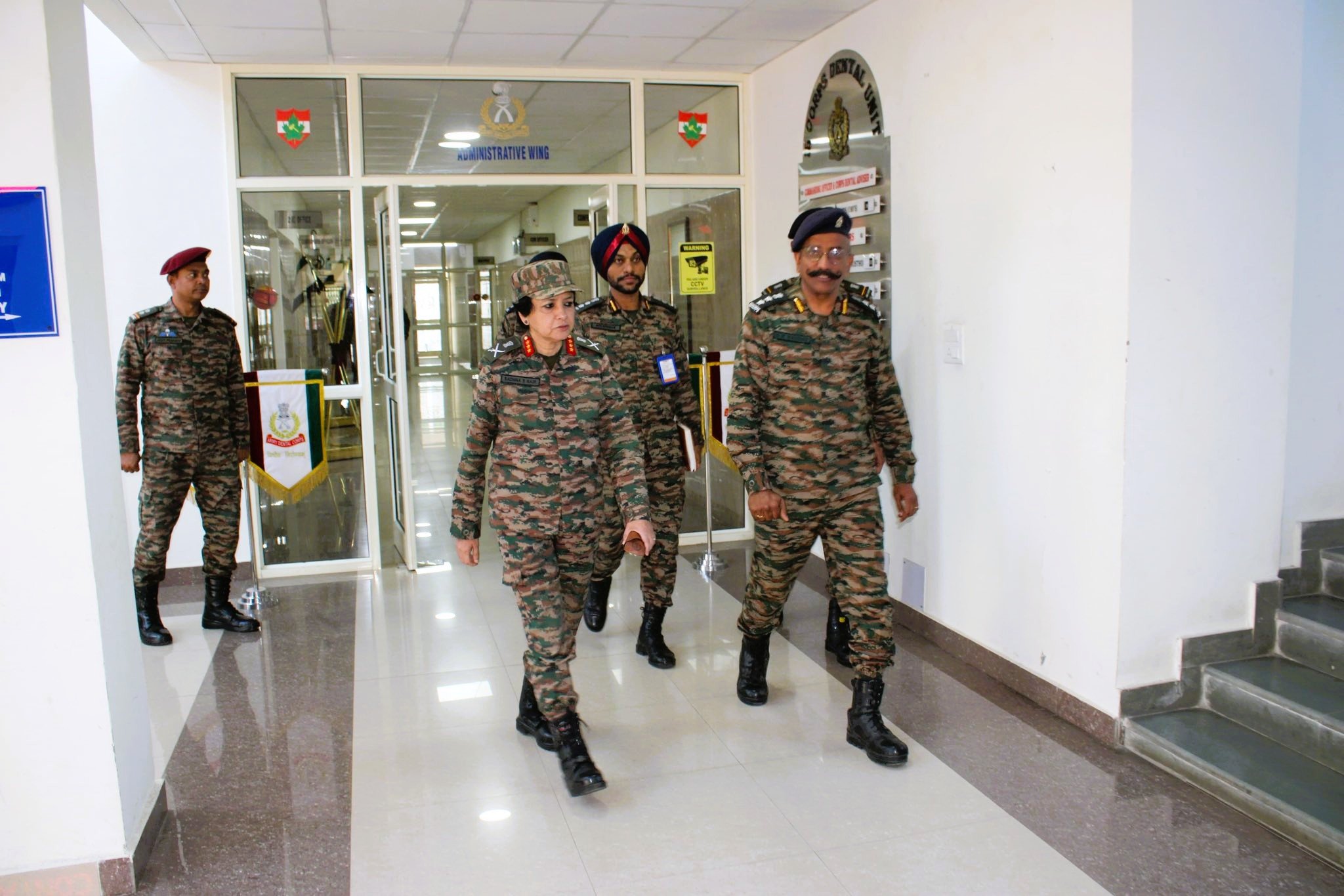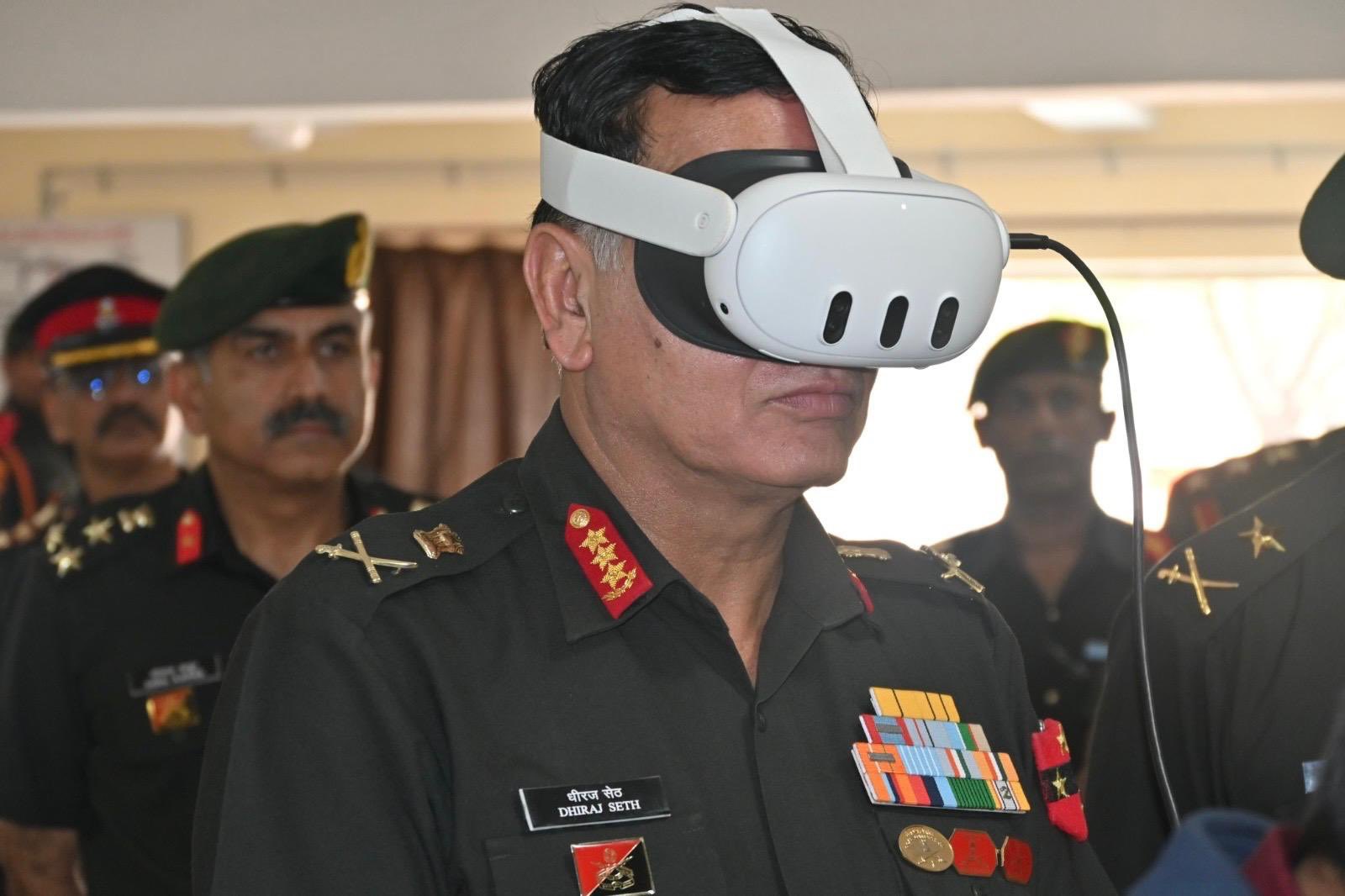In a significant move for enhancing connectivity in challenging terrains, Bharti Airtel has officially launched its 4G network in the Galwan Valley and Daulat Beg Oldie (DBO), marking a notable achievement as these locations are the northernmost military outpost in the border town of Ladakh. This launch positions Airtel as the only private telecom service provider to deliver mobile services at an elevation of 16,700 feet above sea level.
Galwan and DBO are strategically situated in the Ladakh region, adjacent to the Indo-China border and nestled in the northeastern part of the Karakoram Range. This geographic significance adds to the importance of reliable communication in the area, especially given the historical tensions in the region.
The telecom giant, which boasts a market cap of ₹9.56 lakh crore, collaborated closely with the Indian Army to execute this ambitious project. Bharti Airtel has successfully installed 17 mobile towers in areas including Kargil, Siachen, Galwan, DBO, and the Changthang regions. This extensive deployment aims to extend reliable connectivity to remote villages throughout Ladakh, thus significantly enhancing communication infrastructure in one of India’s most challenging yet strategically important regions.
The successful implementation of this project was made possible by Airtel’s partnership with the Leh Signallers, who assisted in overcoming the numerous logistical challenges posed by the harsh terrain and high altitude. The company stated that by bringing its 4G network to such remote locations, it not only meets the immediate communication needs of military personnel and civilians but also contributes to the larger goal of improving digital connectivity in the region.
This development places Bharti Airtel in direct competition with other major telecom players like Mukesh Ambani’s Reliance Jio and Kumar Birla’s Vodafone Idea. As India’s largest mobile phone operator, Airtel is consistently striving to expand its network coverage and improve service quality across the country, including in remote and challenging environments.
The launch has been welcomed by residents and military personnel alike, as it enhances their ability to communicate effectively, ensuring both safety and connectivity in high-altitude regions where traditional infrastructure is often lacking.



